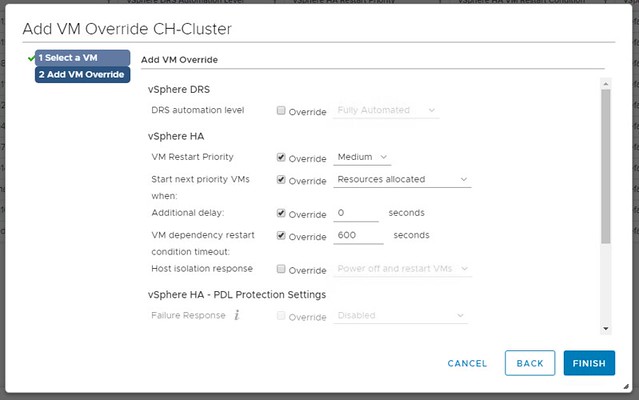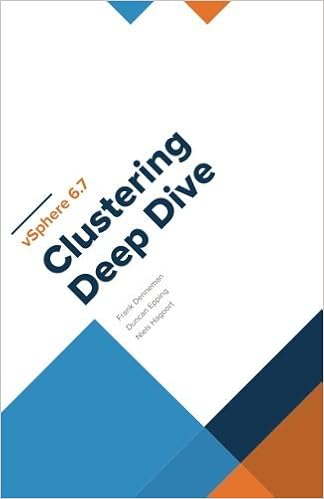As all videos are posted for VMworld (and nicely listed by William), I figured I would share the session Frank Denneman and I presented. It ended up in the Top 10 Sessions on Monday, which is always a great honor. We had a lot of positive feedback and comments, thanks for that! Most importantly, it was a lot of fun again to be up on stage at VMworld talking about this content after 6 years of absence or so. For those who missed it, watch it here:
Also very much enjoyed the book signing session at the Rubrik booth with Niels and Frank. I believe Rubrik gave away around 1000 copies of the book. Hoping we can repeat this huge success in EMEA. But more on that later. If you haven’t picked up the book yet and won’t be at VMworld Europe, consider picking it up through Amazon, e-book is 14.95 USD only.

 Over the past couple of months Frank, Niels and I have worked ferociously to update the vSphere Clustering Deep Dive. Some of the material was already brought up to date to vSphere 6.0 U2, but the majority was never updated after vSphere 5.1. As you can imagine, this was a tremendous undertaking. Not only did we need to validate every sentence, all diagrams needed to be updated, and with the introduction of the HTML-5 Client also all screenshots had to be retaken.
Over the past couple of months Frank, Niels and I have worked ferociously to update the vSphere Clustering Deep Dive. Some of the material was already brought up to date to vSphere 6.0 U2, but the majority was never updated after vSphere 5.1. As you can imagine, this was a tremendous undertaking. Not only did we need to validate every sentence, all diagrams needed to be updated, and with the introduction of the HTML-5 Client also all screenshots had to be retaken.